Text
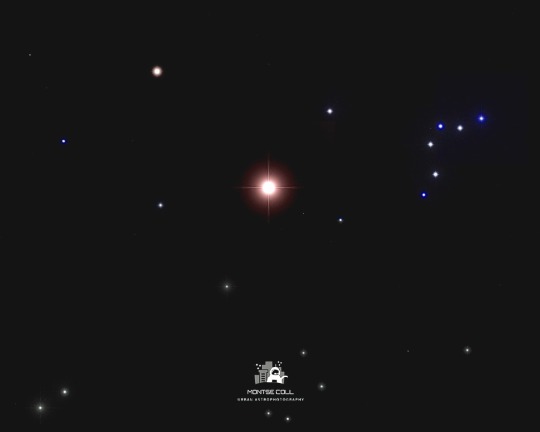
Arcturus (Arturo) Star
Constellation of Boötes
Distance to Earth: 36.66 light years
Radius: 17.671 million km
Montcada i Reixac (Bortle 8)
#astrophotography#astrophotos#astro observations#original photographers#astronomy#cosmos#universe#original photographic works#arcturus#night sky#dark sky#the universe#the real universe#isuniverse
59 notes
·
View notes
Photo
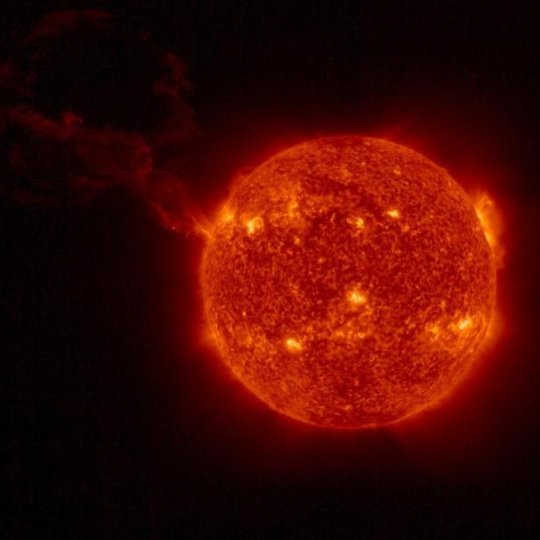
The Solar Orbiter is the most complex scientific laboratory to ever be sent to the Sun. The spacecraft has captured this incredible image of the largest ever prominence erupting from the surface of the Sun together with the complete solar disk. Solar prominences are clouds of hot gas and plasma held in place by the Sun’s magnetic field. Not much is known about how and why prominences happen but with the Solar Orbiter we may be able to learn more about this magnetic mystery.
Image Credit: Solar Orbiter, EUI Team, ESA & NAS
#Parker solar probe#solar orbiter#sunspot#prominence#magnetic field#science#space#the universe#the real universe#isuniverse#ESA
668 notes
·
View notes
Video
y.takayuki0607
41 notes
·
View notes
Photo

Euclid
This is the European Space Agency’s Euclid Space Telescope. Originally approved in 2011, Euclid is scheduled to launch next year, and in this shot it is being prepared for attachment of thermal protection that it will need while operating in space.
Euclid is designed to study the presence of dark matter and dark energy. It will image galaxies that are at high redshift, meaning they are at large distances from us and moving away from us quite quickly so that the light from them is pushed farther into infrared wavelengths. Dark Energy is an effect that seems to have accelerated the expansion of the universe over time, so measurements that refine the relationship between galactic distance and redshift will help improve our understanding of the effects of this acceleration.
The telescope will also take measurements of gravitationally lensed objects. Gravitational lensing is the bending of light due to the presence of mass between our eyes and a target – the light gets bent around just as it would if it traveled through a lens of glass. Since dark matter apparently has gravity but does not absorb light, studying “lensed” objects will allow refinement of estimates of the abundance of dark matter along those light paths.
-JBB
Image credit: ESA
https://flic.kr/p/2n6N7hP
#Science#euclid#gravity#gravitational lensing#the universe#european space agency#dark energy#dark matter#the real universe#is-universe
28 notes
·
View notes
Photo
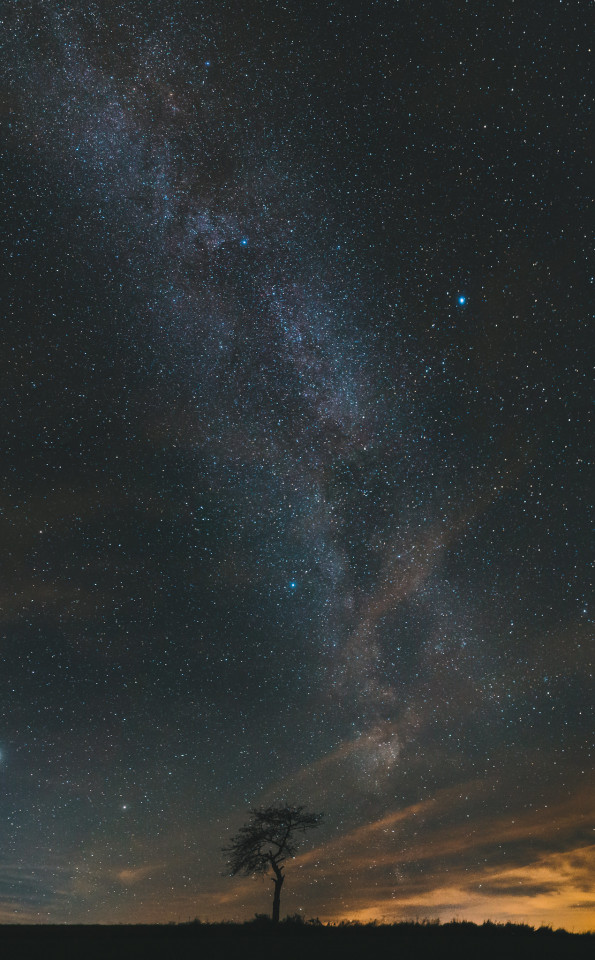
Starry, starry night
Finally… I wanted to do a night sky photo with this tree for such a long time. Yesterday the conditions were nearly perfect. No moon, only slightly cloudy and no planes crashing the long exposure.
Vertical panorama with 8 photos.
by desomnis
Instagram | Flickr | Tumblr | GettyImages
#astrophotographie#photographers on tumblr#astrophotography#landscape#night photo#astro photography#stars#milky way#photography#the universe#night sky#dark sky#is universe#the real universe
266 notes
·
View notes
Text
youtube
"This sonification of the Hubble Ultra Deep Field (2014) image plays a note for each galaxy when it emitted the light captured in this image. The farther away the galaxy is, the longer its light has traveled before reaching the Hubble Space Telescope. In just under a minute, we can hear back nearly 13 billion years to the farthest galaxies in that photo. The light we receive from those galaxies was emitted when the universe was only a few hundred million years old."
#Science#space#hubble#deep field#galaxy#sonification#sound#music#the universe#isuniverse#the real universe#Youtube
260 notes
·
View notes
Text
youtube
Apollo 15 was the first Apollo mission to carry a rover and it had rather intense geological training for the astronauts prior to launch. As part of the effort to characterize the site's geology, the first step the astronauts planned was a "Stand up EVA" where they depressurized the Lunar Module and astronaut Dave Scott stuck his head out the top to describe the morphology of the surrounding landscape. Using data collected by the high-resolution Lunar Reconnaissance Orbiter Camera, NASA released this video recreating his view of the Hadley Rille landscape and stand up view.
#Apollo 15#Moon#Science#EvA#lunar module#Dave scott#geology#geomorphology#boulder#dust#crater#science#the universe#nasa#apollo50#the real universe#isuniverse#Youtube
40 notes
·
View notes
Text
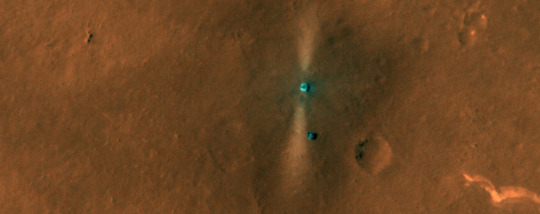
The HiRISE camera, orbiting Mars for the last 15 years or so, captured this incredible view of the Tianwen-1 lander and Zhurong rover on the surface of Mars. At the time this image was taken on the 6th of June, the rover had moved 22 meters from the lander.
-JBB
Image credit: https://www.uahirise.org/ESP_069665_2055
#Hirise#ZHurong#tianwen-1#Chinese#China#lander#seige lander#study space#orbit#the universe#the real universe#isuniverse
319 notes
·
View notes
Text
vimeo
An astronomer who hopes to use the James Webb Space Telescope gives a talk about all of the thing that this telescope might be able to do once it is launched.
#JWST#james webb space telescope#science#space#the universe#isuniverse#the real universe#countdown#launch#Vimeo
12 notes
·
View notes
Text
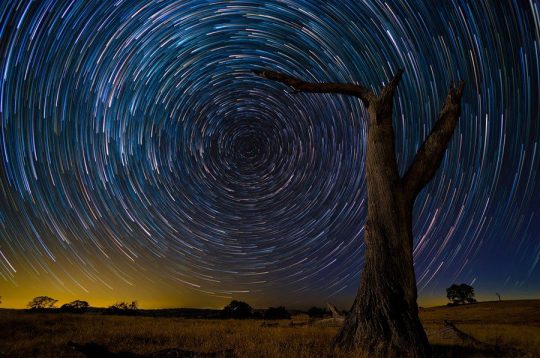
STAR TRAILS OVER VICTORIA
Lincoln Harrison of Lincoln Harrison Photography took this image on 5 February 2013 near Metcalfe, a small community in central Victoria, Australia. The shoot took about 5 hours and then processing took another 2 hours.
Harrison used a Nikon D7000 with a Nikkor 10-24mm lens; 400 x 45 seconds stacked; f3.5; ISO1000
-TEL
https://www.facebook.com/pages/Lincoln-Harrison-Photography/197919773672879
http://lincolnharrison.com/#/0
#Space#Star trails#photography#australia#timelapse#long exposure#the universe#the real universe#isuniverse
47 notes
·
View notes
Text
youtube
There’s one rule on Space Time: It’s never Aliens. But every rule has an exception and this rule is no exception because: It’s never aliens, until it is. So is it aliens yet? And on today’s Space Time we’re going to examine all the best case scenarios for life beyond Earth.
14 notes
·
View notes
Text
youtube
Original caption:
While recent news about the Chinese Long March 5 Rocket made a lot of people very nervous because a 22-ton rocket was going to fall out of the sky, this sort of thing happens all the time. Boosters, dead satellites, and sometimes even old space stations get dropped out of the sky fairly often. While the litter seems a little inconsiderate, this is probably far safer than the alternative. The accumulation of space junk poses a huge risk to all human operations in space especially if we cross the threshold into the chain reaction of exponentially growing collisions known as the Kessler Syndrome.
#Science#debris#space#junk#rocket#radar#space station#spacecraft#iss#nasa#researcher#danger#the universe#isuniverse#the real universe#Kessler Syndrome#Youtube
19 notes
·
View notes
Text

Crimes, gorgeous photos, interstellar travel, and astronomical mysteries from this week in space: https://ifls.online/SpaceNews
15 notes
·
View notes
Text

THE TULIP NEBULA
This is a telescopic view looking out along the plane of the Milky Way Galaxy toward the nebula rich constellation Cygnus the Swan. The image shows a bright emission region known as the Tulip Nebula; it is a glowing cloud of gas and dust also known as Sh2-101. the nebula is about 8,000 light years distant. The Tulip Nebula is so named as it resembles the outline of a tulip, though it is not the only nebula named after a flower.
The image is a composite that maps emission from ionised sulphur, hydrogen, and oxygen atoms into red, green, and blue colours. The atoms are ionised by ultraviolet radiation from a young, energetic O star called HDE 227018; this powers the emission from the Tulip Nebula. HDE 227018 is the bright star very near the blue arc at the image centre.
-TEL
http://apod.nasa.gov/apod/ap120726.html
Image credit: Michael Joner, David Laney (West Mountain Observatory, BYU); Processing - Robert Gendler
132 notes
·
View notes
Text
youtube
A geological society talk takes you through the history of the exploration of Mars.
#Science#Mars#research#ESA#exomars#history#geological society#the universe#the real universe#isuniverse#Youtube
13 notes
·
View notes
Text
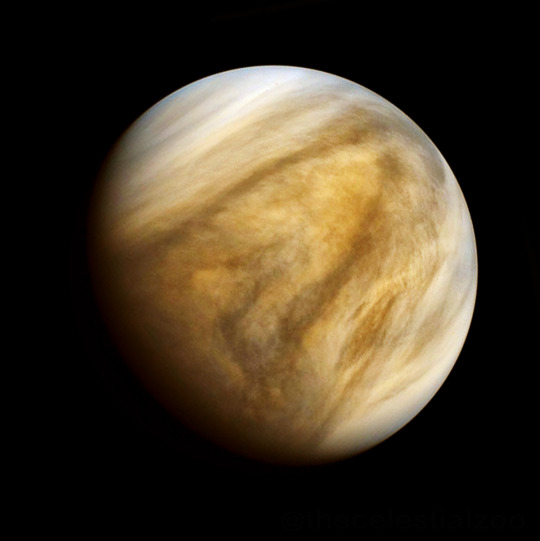
Venus
Venus is the only Earth-sized planet any of us are likely to see in our lifetimes. Despite its similarities to Earth in size, its differences – a thick atmosphere and an inhospitable surface environment – have led to Venus being underexplored by humans in recent decades. It’s tough to build a device that can easily see through its clouds, and even tougher to design a spacecraft that can survive on Venus’s surface for long enough to take measurements and transmit data out.
However, despite these difficulties, a new generation of planetary scientists has begun to recognize that more complete exploration of Venus is vital to understanding our own solar system and the development of others.
First of all, Venus is the only Earth-sized planet that any of us will ever see…with the minor exception of Earth itself. That alone makes understanding its formation useful as an understnanding of the building blocks of Venus will give insight into the building blocks of our entire solar system. Furthermore, despite Venus’s harsh surface conditions today, earlier in its history the sun did not put out as much energy, and Venus may have been a far more habitable place. In fact, it may even have once hosted liquid water under conditions where life may have begun, and some evidence of that history could still be preserved in either the geology or in the atmosphere.
It was in that context that it was proposed late in 2020 that evidence of the gas phosphine in Venus’s atmosphere could be a potential biomarker, indicating the existence of some organisms still surviving in Venus’s clouds. That paper still remains controversial as scientists are working to understand whether the spectral detection of that chemical is real and whether there could be other ways to generate it.
It is in this context that, in the past 2 weeks, three separate missions headed to Venus have been approved. Last week, NASA approved 2 Discovery class missions to Venus. The DAVINCI+ mission will drop a sphere through Venus’s atmosphere that will measure the composition on the way down and photograph the surface as it approaches, providing the first close-up images of Venus’s surface since Soviet era spacecraft landed there decades ago. The VERITAS mission will orbit Venus and characterize its surface in two ways – using infrared spectroscopy to identify the mineralogy of the surface and using modern day radar spectroscopy that can penetrate Venus’s atmosphere to more accurately map the planet’s surface.
Finally, just yesterday, the European Space Agency approved the EnVision mission that will also head to Venus. This mission will also carry a radar that will help map the surface (radar is one of the few techniques that can readily penetrate Venus’s atmosphere), and will also characterize the properties of its atmosphere and surface at a global scale, looking for the types of features that could be associated with modern day volcanic activity.
Venus has long been one of the brightest objects in our night sky other than the Moon. Right now it can be viewed in the western sky around the time of Sunset. In the next decade, it is now basically guaranteed that we will be rewriting the story of Venus as it is currently known, turning it from that point of light into a world with a set of well understood geologic processes.
-JBB
Image credit:
https://commons.wikimedia.org/wiki/File:Venus_black_background.png
References:
https://www.nasa.gov/press-release/nasa-selects-2-missions-to-study-lost-habitable-world-of-venus
https://www.esa.int/Science_Exploration/Space_Science/ESA_selects_revolutionary_Venus_mission_EnVision
#Veritas#science#envision#davinci+#nasa#esa#space#research#geology#radar#atmosphere#the universe#isuniverse#the real universe
147 notes
·
View notes
Text
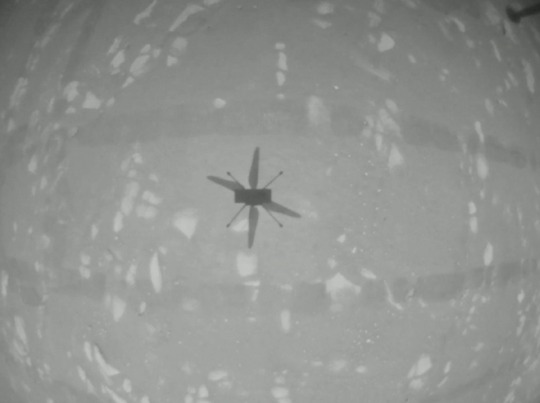
This is the shadow of Ingenuity, the test helicopter carried by NASA's Perseverance Mars Rover, during its first ever powered flight this morning. The helicopter did a quick test hover and landed successfully afterwards.
#Mars#science#planet#nasa rover#nasa#ingenuity#helicopter#flight#shadow#the universe#the real universe#isuniverse#jpl#perseverance#universe#research
1K notes
·
View notes